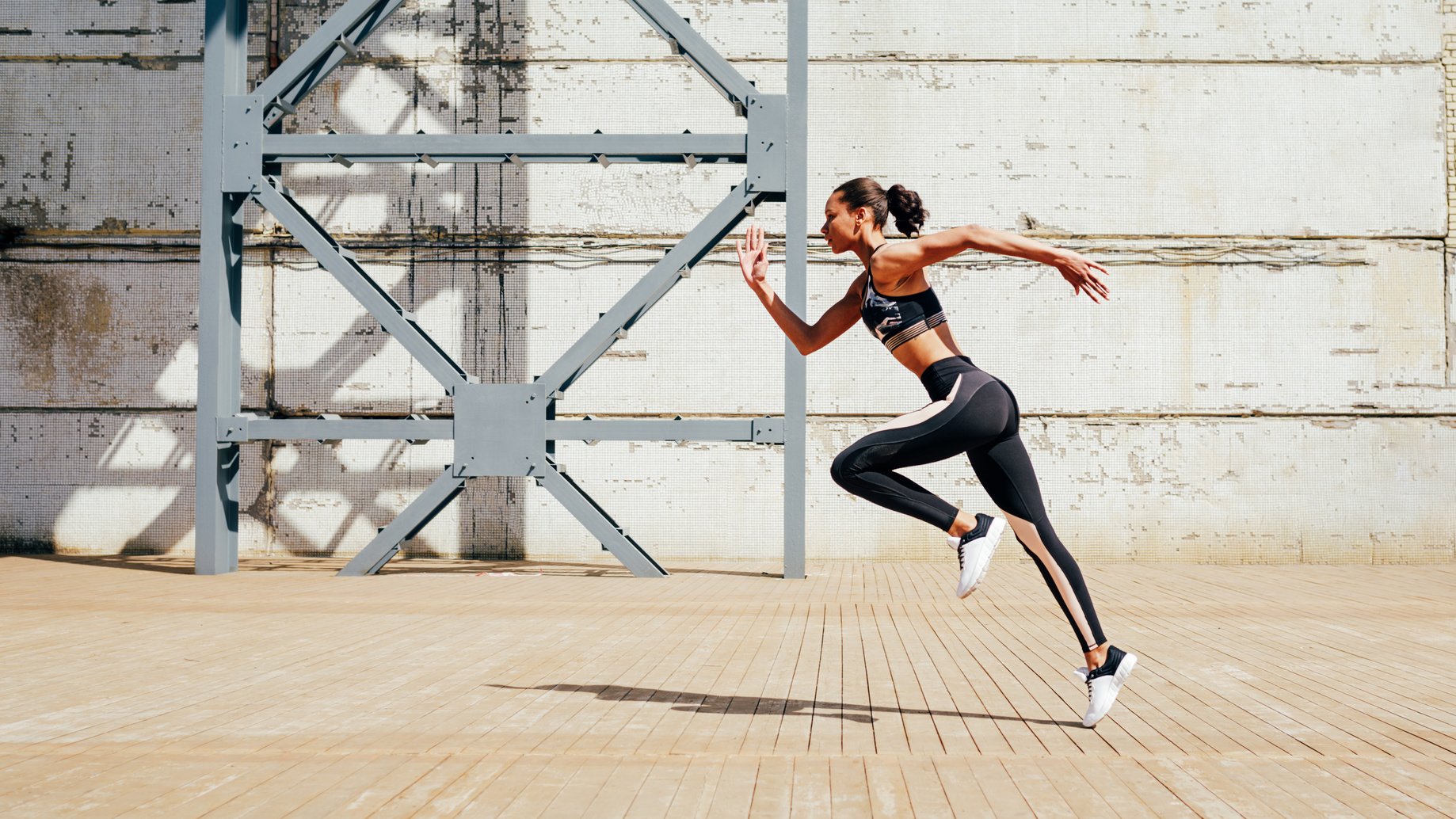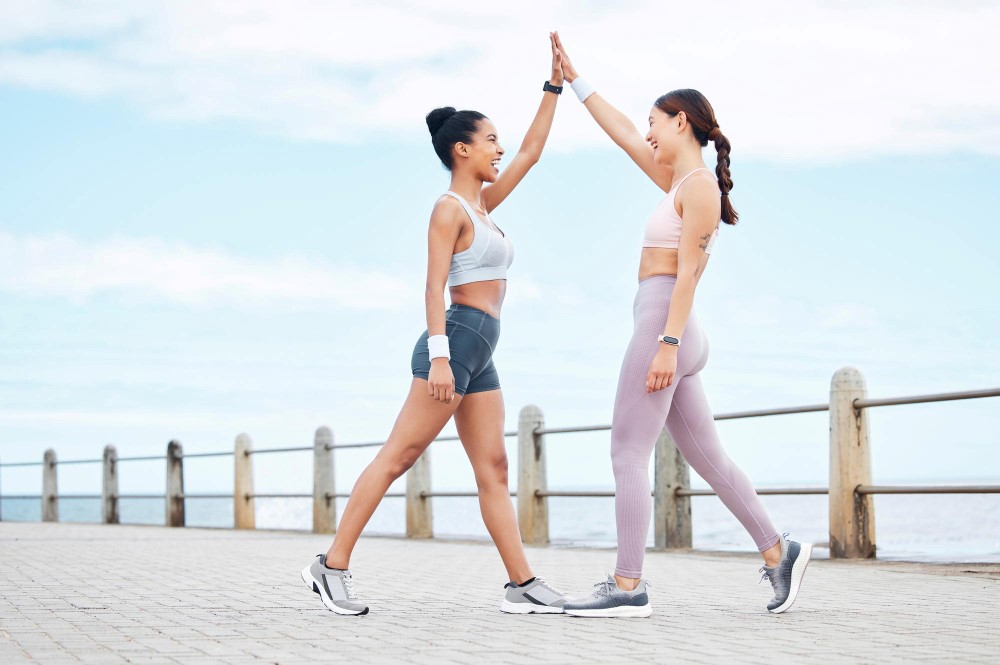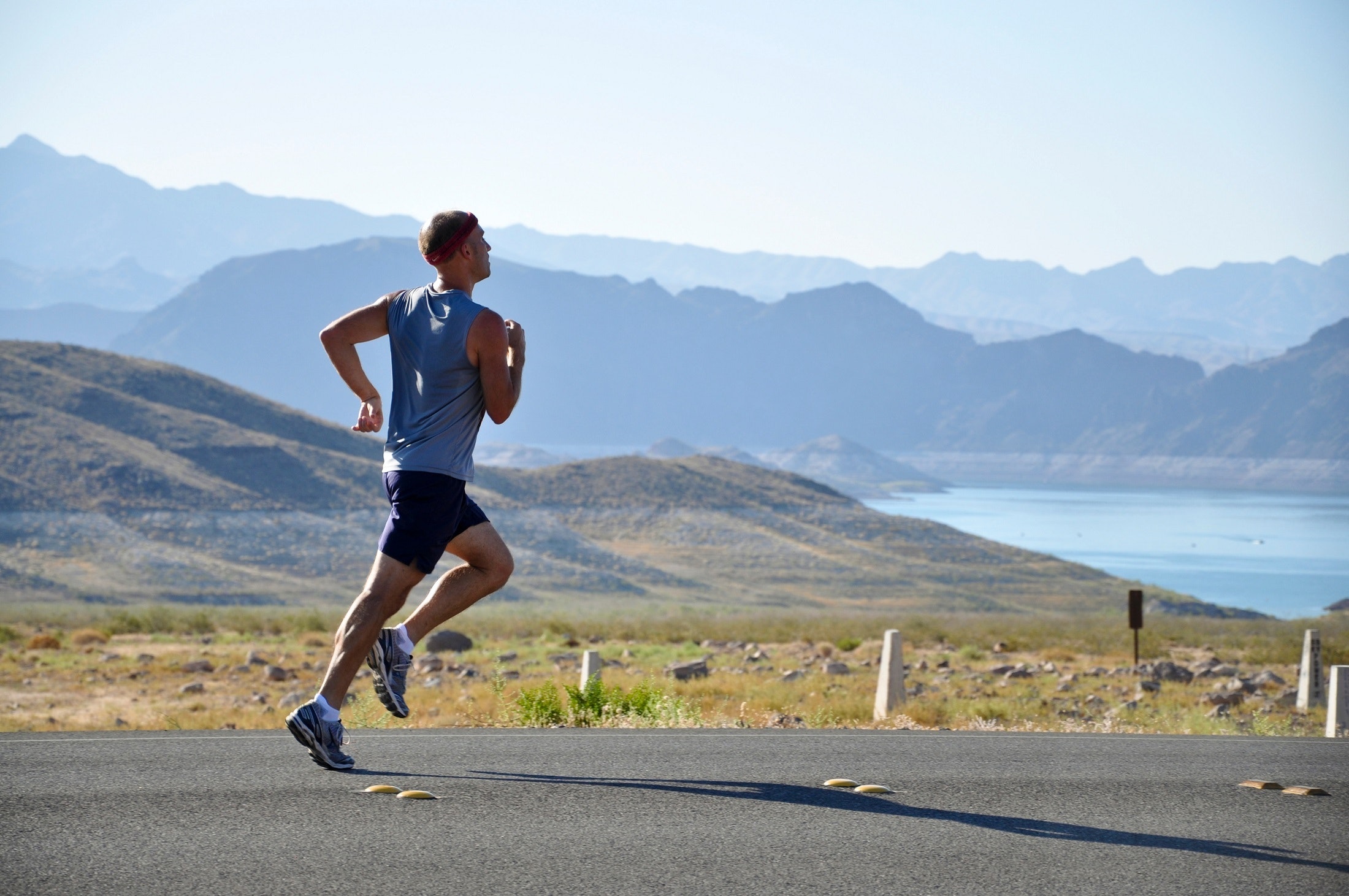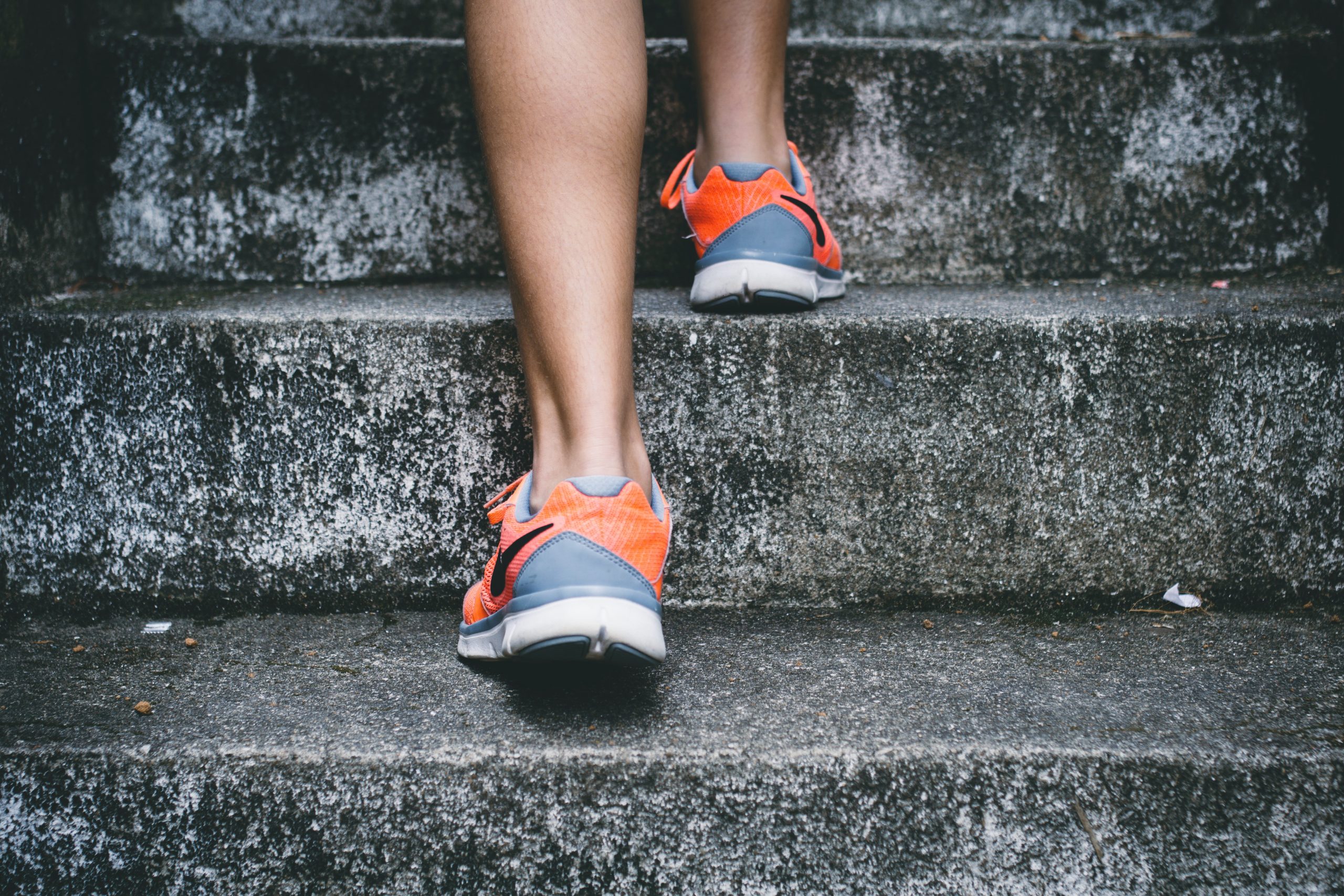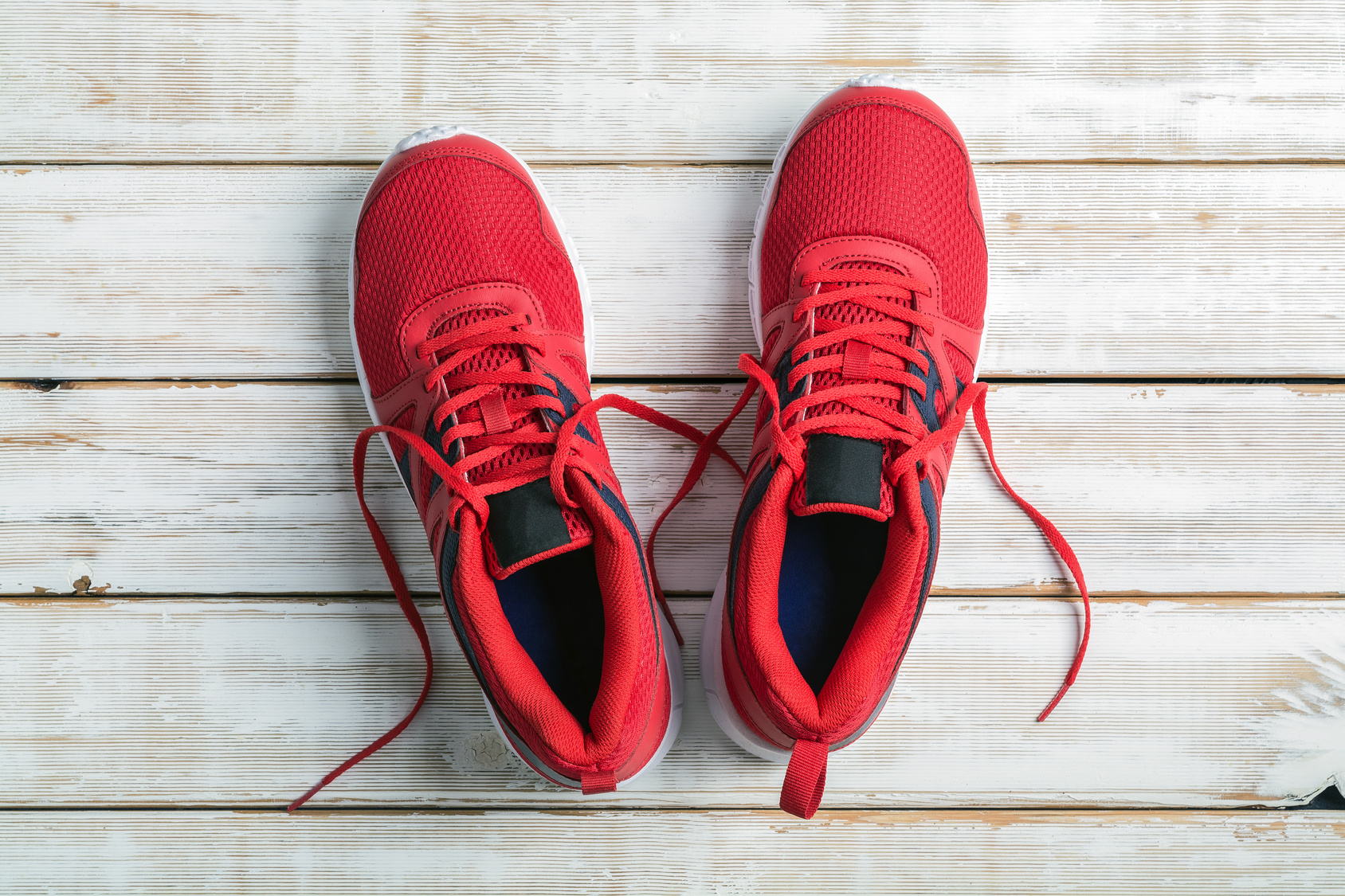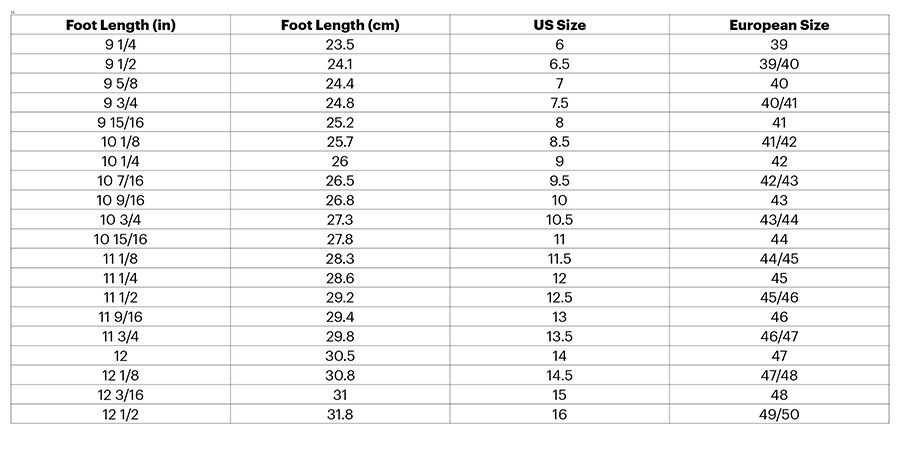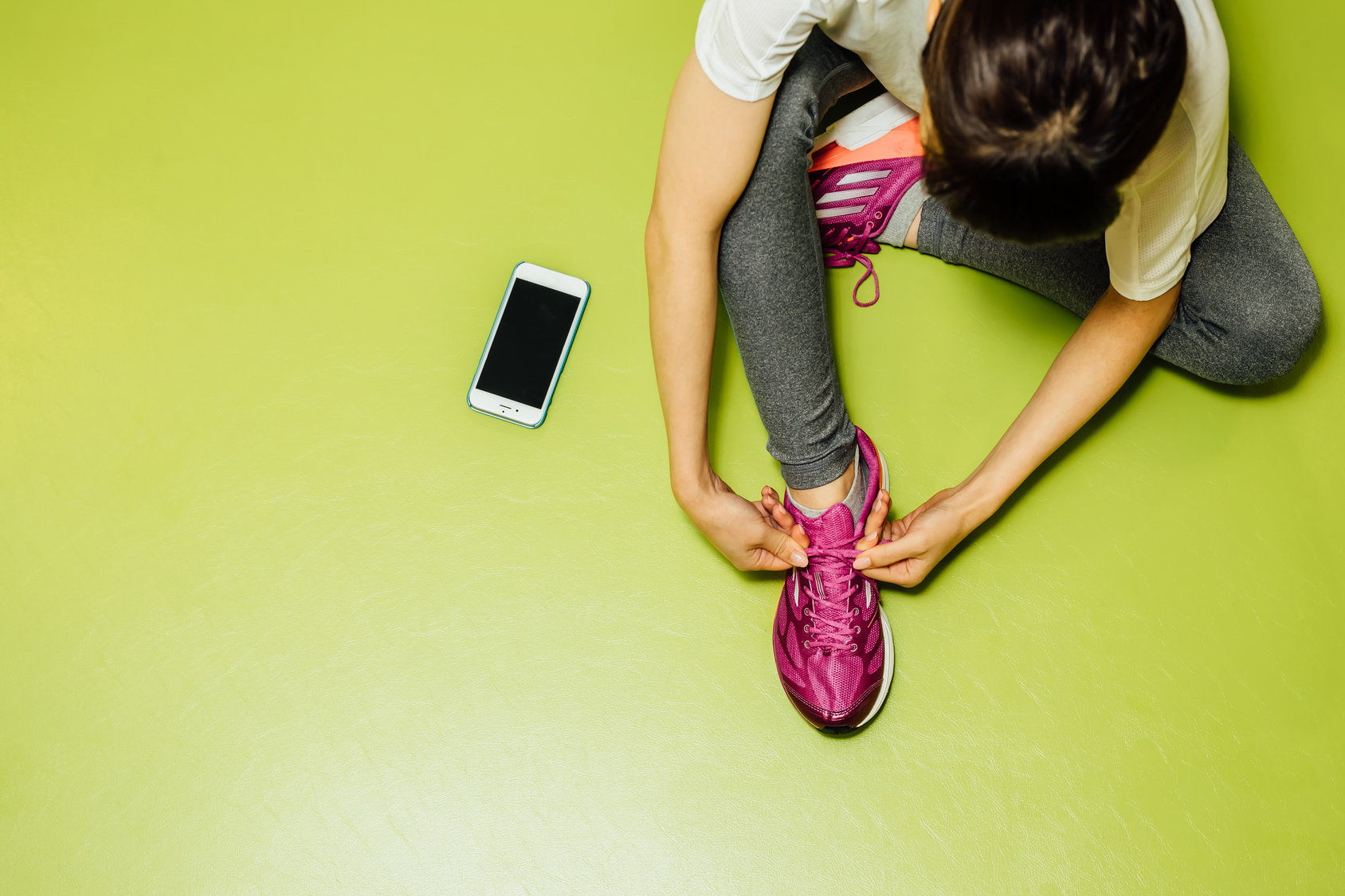Ever experienced that annoying pain on the outer aspect of your ankle that just won’t quit?
Well, you might be dealing with peroneal tendonitis—a less-than-friendly inflammation of the peroneal tendons. But don’t worry, we’ve got your back (and ankles) covered in today’s guide!
So, get ready to kick off those shoes and let’s dive into the runner’s handbook on how to conquer peroneal tendonitis and get back to pounding the pavement with a smile.
I’m dishing out all the tips and tricks you need to treat and prevent this pesky injury so you can run strong, run pain-free, and run like the wind!
Ready? Let’s do this!
What is Peroneal Tendonitis?
Alright, let’s get down to the nitty-gritty of peroneal tendonitis!
Picture this: your peroneal tendons are like those mighty ropes that keep everything in sync as you conquer the running trails. They’re located on the outside of your ankle, just hanging out behind the fibula, attaching muscles to bones like a trusty bridge.
Now, each leg is blessed with not one but two of these peroneal tendons, standing tall like loyal guardians on the outer side of your calf. They run together, side by side, down the fibula, and gracefully anchor themselves behind that bony lump known as the lateral malleolus – your ankle’s stylish accessory!
But here’s where things can go haywire.
Peroneal tendonitis sneaks in when these robust ropes endure too much stress, often caused by our relentless running pursuits. Those microtears start popping up, causing some serious inflammation and damage to these hardworking tendons.
Ouch!
And guess what? We runners are more likely to roll our feet outward while we conquer those miles, leading to a not-so-friendly friction party between the tendons and the bones. So, you see, it’s not a party we want to be a part of!
Now, here’s the kicker. If we ignore those warning signals, those tendons will go all hulk-mode, trying to withstand the pressure and repair themselves.
But let’s face it – even the strongest ropes have their limits! Thickened tendons are more susceptible to tearing, and we definitely don’t want any of that..
Symptoms of Peroneal Tendonitis In Runners
Picture this: you’re out for a leisurely stroll, but your ankle has other plans – it’s throwing a full-on protest party!
The first guest to arrive is that pesky, progressively growing pain on the outer aspect of your ankle. And trust me, this uninvited guest knows how to make its presence felt!
As you try to navigate through your daily activities, especially while turning your ankle in or out, it’s like your ankle has taken up a rebellious dance routine. Inversion and eversion are no longer smooth moves; they’re now accomplices in this pain party!
But wait, there’s more! Walking and running suddenly feel like a balancing act on a tightrope – you feel unstable at the ankle joint, like you’re one step away from a slip and slide extravaganza!
Oh, and the grand finale of this pain party? Every time you push off the ball of your foot, a sharp reminder of discomfort shoots through your ankle. It’s like a dagger of pain telling you to take it easy.
So, dear runner, if you find yourself nodding in agreement with these symptoms, don’t ignore your body’s cry for help! Your peroneal tendons are sending distress signals, and it’s time to give them the attention they deserve. More on this later but for now let’s delve into the culprit behind this pesky condition.
Causes of Peroneal Tendonitis in Runners
The primary suspect I’ve already unmasked is none other than overuse! Picture your tendons as hardworking assistants, tirelessly supporting you on those runs. But when you push them beyond their limits with excessive training, they start to rebel.
The result? Your tendons begin to rub against the bones, causing a raucous ruckus of swelling and pain. It’s like a mini-war happening right inside your ankle!
But wait, there’s a lineup of other potential culprits that could be collaborating in this tendonitis drama. First up, we have bad running form! Imagine your body as a well-choreographed dance, with each movement flowing gracefully. But a misstep in your running form can throw everything off-balance, causing extra stress on those vulnerable tendons.
And let’s not forget about the importance of proper running shoes! Think of them as trusty sidekicks, providing the support and cushioning your feet need. But when you choose the wrong shoes or keep using worn-out ones, it’s like leaving your tendons stranded without a lifeline.
Next in line is increased running speed, like a sudden burst of adrenaline that sends your tendons into overdrive. Speeding through those miles without proper preparation can put a strain on these vital ankle supporters.
But that’s not all! The case gets even more complex with the presence of muscle imbalances in the lower legs. It’s like having a party where some muscles are over-enthusiastic and others are shy wallflowers. This imbalance affects ankle mobility and can lead to trouble for your peroneal tendons.
History tends to repeat itself, and so do ankle injuries! If you’ve had ankle sprains in the past, your peroneal tendons may bear the scars of those previous mishaps, making them more susceptible to future troubles.
Now, here’s an interesting twist—the arch of your foot! A high foot arch is like adding an extra layer of complexity to the mystery. The higher the arch, the higher the risk of peroneal tendonitis. It’s like a unique footprint that increases the chances of encountering this condition.
And as if that wasn’t enough, we have the enigmatic change in running surfaces. Imagine going from the smooth roads to the rugged trails—it’s like putting your tendons through a wild adventure! This sudden switch requires extra ankle strength, and if your tendons aren’t ready, they might protest.
Can You Yun With Peroneal Tendonitis?
Let’s talk about the burning question on every runner’s mind—can you still hit the pavement with peroneal tendonitis?
Well, it’s a bit like playing detective with your own body, assessing the severity of the situation.
But truth be told, I wouldn’t recommend running with peroneal tendonitis. Picture this: your tendons are like little workers in a construction zone, repairing and rebuilding after all that running.
So, what’s the best thing you can do for them? Give ’em a well-deserved break!
Taking a few days off from running can do wonders for your recovery. It’s like allowing those hardworking tendons to kick back, put their feet up, and sip on a nice cup of herbal tea (figuratively speaking, of course!).
With some rest and relaxation, you’ll bounce back more quickly, ready to conquer those miles with renewed vigor.
Think of it this way—your affected limb needs a bit of tender loving care. The pain may be persistent now, but with time and a touch of patience, it’ll gradually fade away, leaving you ready for action.
Now, I get it; running is like a soulful connection—it’s tough to resist the siren call of the open road. So if you really can’t bear the thought of staying away, here’s a golden rule: keep that ego in check. Slow down your pace and reduce your overall mileage.
Think of it as a leisurely stroll through the park instead of an intense sprint.
But here’s the catch—if the pain starts raising its voice or messing with your running form, it’s time to call it quits. Listen to those warning signs and give your body the attention it deserves.
In some advanced cases, you might even want to avoid other weight-bearing activities that could exacerbate the injury. Picture yourself exploring the world of low-impact exercises like swimming or cycling.
Consult Your Doctor
If you find yourself experiencing any of the symptoms we’ve chatted about—those pesky pains, instability, or discomfort around your ankle—it’s time to call in the reinforcements.
Yes, I know, it might seem like a minor inconvenience, but trust me, it’s worth it. Your doctor is like your running ally, the one with all the knowledge and expertise to diagnose exactly what’s going on. They’ll perform a tendonitis diagnosis.
And here’s the best part—you’ll finally know what you’re dealing with. It’s like deciphering a secret code that’s been causing those niggling pains. Armed with this knowledge, you can take the right measures to start the healing process.
Now, I know a trip to the doctor’s office might sound daunting, but think of it as a detective’s quest for answers. Plus, your doctor has some pretty cool tools in their arsenal—X-Rays and MRI scans. It’s like having a peek inside your body to rule out any unexpected surprises—no fractures or abnormalities left undiscovered
Treating of Peroneal Tendonitis in Runners
When it comes to tackling that feisty peroneal tendon injury, we’ve got an array of treatment options up our sleeve. Just like a menu at your favorite restaurant, you get to pick what suits you best, depending on how serious your condition is.
Medication
First up on the menu, we have medication—your trusty pain-relievers and inflammation warriors. Think of them as the superheroes that swoop in to soothe your pain and bring down that pesky inflammation. From oral tablets to injected solutions like ibuprofen and cortisone, they pack a powerful punch against discomfort.
Brace
Next, we’ve got a special item on the menu—brace yourself! No, seriously, a brace can be a game-changer. It’s like giving your foot a warm, supportive hug. You can use it for a short period or during physical activity, providing that extra support while your tendon takes some much-needed healing time. Think of it as your running buddy, helping you stay on track while you recover.
Immobilization
Another measure to assist with your recovery is immobilization.
This is perfect for giving your foot a well-deserved break. During the acute phase of your recovery, it’s all about limiting those movements, like a spa day for your foot. A splint or cast works wonders, keeping your affected limb still and allowing those healing powers to work their magic faster.
When Surgery is Needed
Ah, surgery—the last resort when all else fails, but fear not, it’s not the end of the road! If your peroneal tendonitis is putting up a real fight, surgery might just be the hero we need to save the day.
When those stubborn pains refuse to budge despite all the non-surgical tricks, it’s time to call in the experts. The surgeon will swoop in to fix those tendons and even the supporting structures of your foot if needed. Think of them as the magical healers, performing their craft to set things right.
If there’s a pesky tissue causing trouble around the tendon, they’ll work their magic with a “tendon release” procedure. It’s like clearing the way for smooth sailing, removing the obstacle that’s been causing all the fuss.
But that’s not all! If there’s a tear or rupture in one of those peroneal tendons, the surgeon will work their wonders with a “tendon repair” procedure. Think of it as stitching up the tendons, putting them back together like a pro.
Now, I know surgery might sound daunting, but rest assured, you won’t be in this alone. After the heroic surgical intervention, you’ll need some downtime for rest and recovery. Trust me, it’s the perfect excuse to put your feet up and indulge in some well-deserved R&R.
And just like a good sidekick, physical therapy will be by your side throughout the rehabilitation process. They’ll guide you through exercises and treatments, helping you regain your strength and mobility.
How To Prevent Peroneal Tendonitis
We all know that an ounce of prevention is worth a pound of cure, and when it comes to peroneal tendonitis, it’s no different.
So, listen up, fellow runners, because I’ve got some valuable tips to keep those tendons happy and healthy.
Improving Flexibility
First up, let’s talk flexibility—cue the superhero theme music! Runners, we’re notorious for having tight calves, and boy, can they cause some trouble.
When those calf muscles get all tensed up, they start tugging on the muscles around your ankles, leading to some not-so-fun pain. But fear not! Stretching to the rescue!
Regular stretching is like a magic spell that improves collagen synthesis and muscle fiber organization. Translation: stronger muscles and tendons that can handle the challenges of running like champs!
Now, here’s where the doctor’s orders come into play. They may recommend a set of home exercises that include some top-notch stretching routines.
You’ll want to consult your friendly neighborhood doc to figure out which stretches are best for soothing those symptoms and keeping that ankle flexibility in tip-top shape after battling peroneal tendonitis.
And now, drumroll, please! Presenting the three stitches in our quest to prevent peroneal tendonitis:
The Towel Stretch: Picture yourself with a towel in hand, wrapping it around the ball of your foot, and gently pulling it towards you. Feel that satisfying stretch in your calf?
Stretch 2: This one’s like a secret move from a martial arts movie. Stand tall, step one foot back, and bend your front knee while keeping the back leg straight. Feel that stretch along the back of your leg? Oh yeah, that’s the stuff!
Stretch 3: Imagine you’re about to break into a dance move. Stand with your feet hip-width apart, then cross one leg in front of the other. Bend the front knee slightly and push your hips back. Whoa, that stretch will have your calves singing praises!
Choose The Right Shoes
As we’ve discussed, my fellow runners, improper footwear can be a sneaky culprit behind peroneal tendonitis.
And if you happen to have a high arch (cue the under pronation music), well, you might need some extra TLC for those precious feet.
Fear not, dear runners, for I bring you the golden rule: choose your running shoes wisely, and they shall be your trusty sidekicks in the battle against peroneal tendonitis.
Look for shoes that offer more support and stability, like a superhero cape for your feet, to keep them from rolling inward during your runs. These shoes will be your mighty allies in warding off those pesky injuries.
But hey, what if you’ve already got a pair of running shoes that you absolutely adore?
Don’t fret, because there’s a nifty solution! You can call in the reinforcements by using insoles to amp up the support of your current shoes.
These magical inserts can work wonders in providing that extra cushioning and support your feet crave.
Now, picture yourself flying through the trails or zooming along the roads, your feet enveloped in the perfect pair of running shoes, embracing every stride with comfort and stability. Peroneal tendonitis, be gone!
The Conclusion
Peroneal tendonitis is a common overuse injury in athletes doing high impact sports—runners are no exception.
But by taking the right treatment measures, you can often return to running after peroneal tendonitis without surgery.





